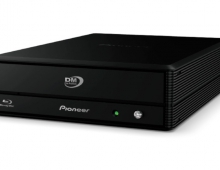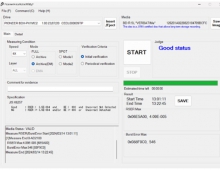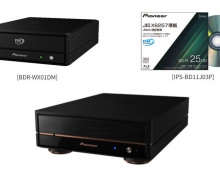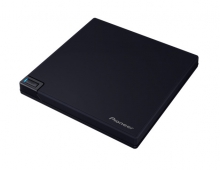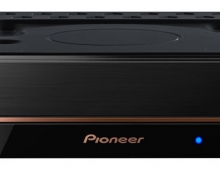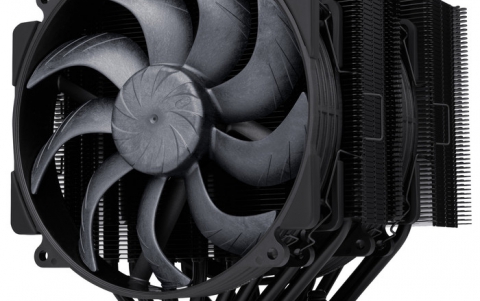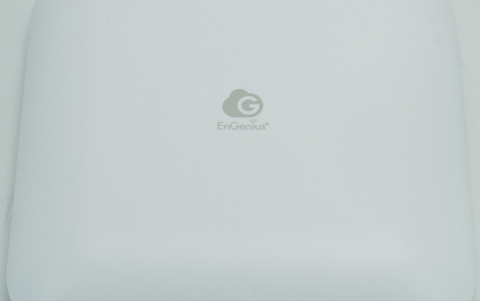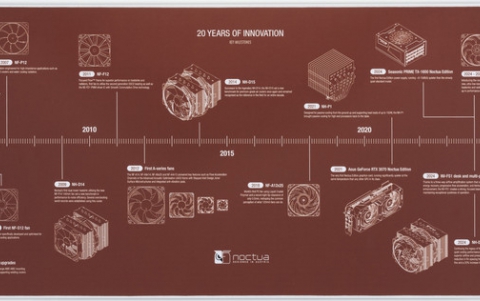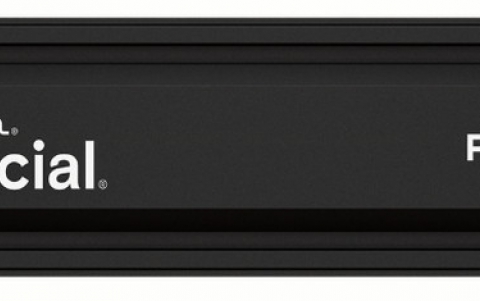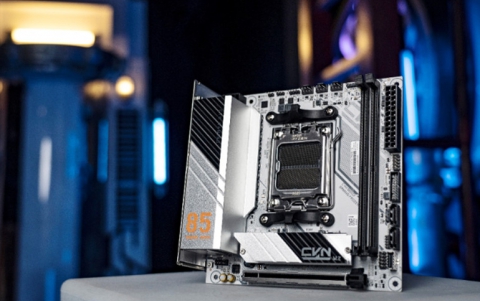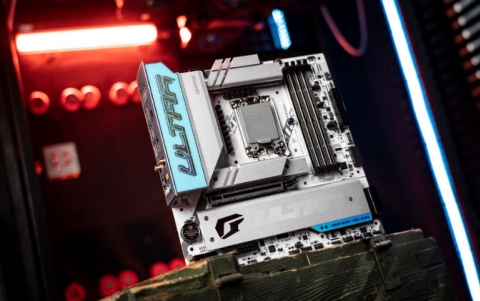Pioneer BDR-S13U-X Blu-Ray Recorder
5. Error Rate Explanation
Review Pages
2. Retail Package
3. First information
4. Testing Software
5. Error Rate Explanation
6. CD Reading Tests
7. CD Error Correction Tests
8. DVD Reading Tests
9. DVD Error Correction Discs
10. Blu-Ray Reading Tests
11. CD Writing Tests
12. DVD-R Format Writing Tests
13. DVD+R Format Writing Tests
14. Blu-Ray SL Format Writing Tests
15. Blu-Ray DL/TL/QL Format Writing Tests
16. PureRead 4+ Information
17. PureRead 4+ Tests with ABEX-726
18. PureRead 4+ Tests with ABEX-721R
19. Conclusion
The drive uses CAV - Constant Angular Velocity to read CD/DVD/Blu-Ray format that means: during the reading process the rotation speed of the spindle motor keeps constant. This results in high speeds at the outer position of the media.
The drive is capable of reporting C1/C2/PIE/PIF only measurements with OptiDriveControl and QPxTool. Blu-Ray measurements are not supported by either software.
Below is basic information about what exactly is C1/C2/CU errors and how to understand/read them.
- Block Error Rate shows how many errors occur in a block of 32 bytes.
For all our CD Quality Measurements we set reading speed for all media at maximum (either 40X/48X) depending the used drive under the OptiDriveControl software. Some explanation for the below measurements follows and in general users should look at the trend of the error rates, rather than actual numbers. Note that usually higher reading/scanning speeds give higher error rates as well.
- C1, C2, CU are low level errors. On a good quality CD there should be no C2 and especially no CU errors. C1 and C2 errors should be as low as possible and normally can be handled by the drive's error correction. CU are uncorrectable errors or errors that still exist after C2 level correction. For audio CDs CU errors should be 0 or it results in data loses.
- Ex1, Ex2 (E11, E21, E31, E12, E22, E32) is a more detailed view of a Cx Scan. If one byte of a 32 bytes block is damaged, it is called an E11 error. Two corrupted bytes beneath this block are known as an E21 error. Both errors, E11 and E21, can be corrected by C1 error correction. If more than two bytes in one block of 32 bytes are corrupted, we call it an E31 error - a C1 error. For correcting this error it is necessary to rearrange the data in new blocks of 28 bytes, so that another checksum can be applied. In this new group one error is called a E12 error. If two errors occur, we talk about an C2 error. More than two error beneath this block results in a CU error.
- Jitter: Data on CDs and DVDs is encoded using pits and lands. The information is contained in the length between 2 transitions between pits and lengths. Those transitions can only have predefined lengths. Jitter measures how much those transitions lengths deviate from the lengths they were supposed to have.
For all our DVD Quality Measurements we set reading speed for all media at 8X, while Jitter for LiteON drives set at 4X under the OptiDriveControl software. Note that the Pioneer Blu-Ray recorder for a reason halts after dual layer change during media scans.
Some explanation for the below measurements follows and in general users should look at the trend of the error rates, rather than actual numbers. Note that usually higher reading/scanning speeds give higher error rates as well.
PIE (Parity Inner Errors) - exist on all DVDs and are nothing unusual. Normally the error correction of the drive can handle this. This test counts how many errors in a continuous set of 8 blocks occur (pisum8). If too many PIEs occur in a matrix line, so that the error correction can not fit any more, it is called a PIF. The highest possible value for PIE sum is 1664. The maximum value based on the recordable DVD specification for 8 blocks is 280. This table is for beginners and only for approximate orientation - it should only show tendencies. This is not a generally valid stencil. The orientation values of the table rely on errors, which are consistently dristributed on the DVD. There are also no hard crossings between the border values of the quality areas.
| min | max | quality area |
|---|---|---|
| 0 | 20 | excellent |
| 21 | 99 | very good |
| 100 | 280 | good |
| 281 | 1664 | bad |
PIF (Parity Inner Failure) - means that there are too many PIEs , so that the error correction of the drive can't fix it any more. PIFs are counted separately for each block (pisum1). The highest possible value for PIF is 208, but the maximum value based on the recordable DVD specification for one block is 4.
POE (Parity Outer Error) can occur when the Parity Outer Layer is trying to correct Parity Inner Failure. The DVD specifications does not give any absolute value like it is known from PIF. If POEs can't be corrected this results in a Parity Outer Failure.
POF (Parity Outer Failure) are uncorrectable Parity Outer Errors. DVD specification doesn't allow any POF. They normally result in so called CRC errors - uncorrectable errors.
For all our Blu-Ray Quality Measurements we set reading speed for all media at 4X under the OptiDriveControl software. Some explanation for the below measurements follows and in general users should look at the trend of the error rates, rather than actual numbers. Note that usually higher reading/scanning speeds give higher error rates as well.
- Blu-Ray: The fewer errors there are, the lower the highest error value is and the more evenly the errors are distributed, the better is the result. There are two types of reported error measured in general from optical Blu-Ray drives, a) LDC (Long Distance Code): number of parity errors on LDC codewords per ECC block (32 sectors) and b) BIS (Burst Indication Subcode): number of parity errors on BIS codewords per ECC block (32 sectors). On a good disc, the average LDC should stay below 13 and BIS should stay below 15.
Review Pages
2. Retail Package
3. First information
4. Testing Software
5. Error Rate Explanation
6. CD Reading Tests
7. CD Error Correction Tests
8. DVD Reading Tests
9. DVD Error Correction Discs
10. Blu-Ray Reading Tests
11. CD Writing Tests
12. DVD-R Format Writing Tests
13. DVD+R Format Writing Tests
14. Blu-Ray SL Format Writing Tests
15. Blu-Ray DL/TL/QL Format Writing Tests
16. PureRead 4+ Information
17. PureRead 4+ Tests with ABEX-726
18. PureRead 4+ Tests with ABEX-721R
19. Conclusion

